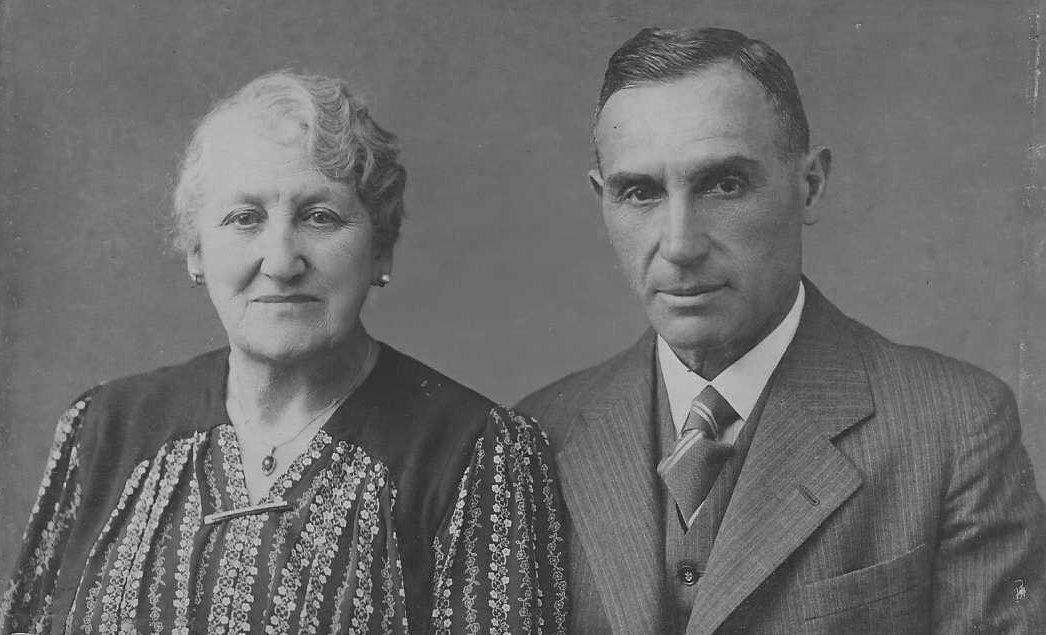On Stumbling
Over stumbling stones?
No, no one stubs their toe against them.
They're embedded so evenly into the paving.
But the names they carry, the letters and numbers, Are stamped on our conscience;
Are stamped on our conscience;
"born, deported, murdered"
And the places
Łódź, Minsk, Riga, Theresienstadt,
Auschwitz, Chelmno, Majdanek, Sobibor, Treblinka ..."
We look for you
Whose names are written in the archives
and the heavens.
We find you in places of terror and persecution.
We recognise you in your children and grandchildren.
The stones speak of you,
every day.
You are not forgotten.
Inge Grolle
(translation by Dr. Anne Stokes and Ingrid Haas)
maincontent
Search for Names, Places and Biographies
Already layed Stumbling Stones
Suche

Selma und Julius Cohn, 1930er Jahre
© Privatbesitz
Selma Cohn (née Kohn) * 1871
Roonstraße 18 (Eimsbüttel, Hoheluft-West)
HIER WOHNTE
SELMA COHN
GEB. KOHN
JG. 1871
DEPORTIERT 1941
RIGA-JUNGFERNHOF
ERMORDET
further stumbling stones in Roonstraße 18:
Julius Cohn


